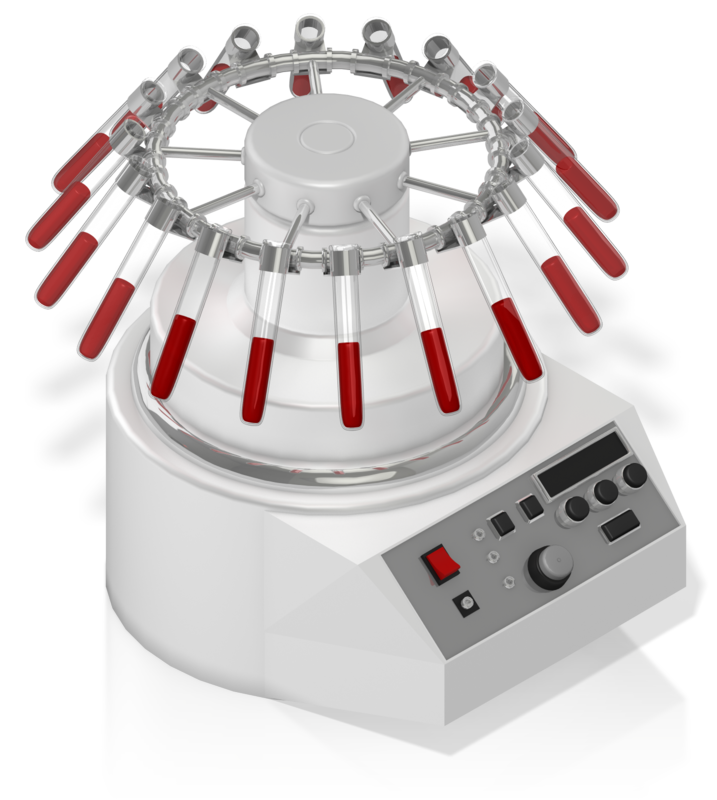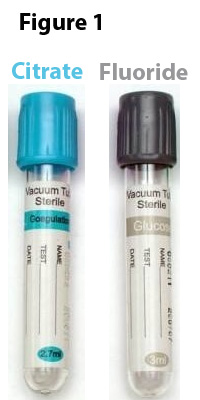24th August 2024, A/Prof Chee L Khoo

Plasma glucose levels is such a simple test that we take for granted its reliability. The glucose level is absolutely critical in many of our clinical management. It governs whether we diagnose someone with diabetes or not and that have many regulatory implications. We have discussed the diagnosis and management of gestational diabetes mellitus (GDM) and how it affects maternal and offspring outcomes and future risks to both. Yet, we don’t think about how reproducible our plasma glucose levels are. We can’t debate something that we can’t measure accurately.
Ideally, we should be analysing our blood glucose within 60 mins of collection but it is not always practical nor possible. The American Diabetes Association guidelines recommends that glucose levles be measured in plasma samples separated from cells within 60 minutes of collection [1]. In the 2-hour glucose tolerance test (OGTT) where the collection process spans >2 hours, getting the samples analysed within that timeframes can be challenging.

Once collected, the glucose in the sample undergoes glycolysis. A 5–7% decrease per hour of glucose concentration occurs in whole blood without stabilizers [2]. The US National Academy of Clinical Biochemistry (NACB) recommended to use sodium fluoride to stabilise glucose and to inhibit glycolysis [3]. That is the grey coloured tube that we commonly use (see Figure 1). However, the inhibition by fluoride both slow and not terribly effective. Fluoride inhibits enolase, one of last enzymes involved in the complex glycolytic pathway, so inhibition of glycolysis will only be effective after approximately 2 h [3]. Uninhibited activity of enzymes upstream of enolase in the glycolysis pathway results in ongoing consumption of glucose, this lowering the glucose levels. Thus, the NACB and WHO recommend that blood tubes be placed immediately after drawing into ice slurry and to separate plasma from cells within 30 min to prevent glycolysis [1, 4]. However, this is difficult to implement.
If fluoride is not quick enough in its anti-glycolytic action, we could add citrate to the tube to acidify the blood to slow down or inhibit glycolysis. Uchida et al proposed the acidification by adding citrate. Citrate is an effective and fast glycolysis inhibitor acting on enzymes involved early in the glycolytic pathway [5]. Low pH inhibits hexokinase and phosphofructokinase, enzymes involved in early phase of glycolysis.
Indeed, the addition of citrate to fluoride does slow down glycolysis and increase the reported glucose readings from the blood samples. Many studies have been published on the use of citrate as additive for the prevention of glycolysis. In an elegant study by Orth M et al, compared with fluoride heparin tubes, blood samples analysed within one hour, fluoride citrate tubes reported glucose readings 12.8% higher (6). This indicates that citrate is more reliable in inhibiting glycolysis that fluoride alone. In a recent comprehensive review, the mean bias between natrium fluoride alone as glycolysis inhibitor versus additional citrate for effective rapid inhibition ranged between 5.5 and 10.7% [7].
In the same study by Orth M et al., the inhibition by citrate beyond the first hour became less consistent. While glucose readings from fluoride alone tube were lower in the first hour, the inhibition is complete. After 48 hours in room temperature storage, there was minimal decrease in glucose levels in the fluoride tubes. The glycolysis inhibition in the some of the citrate tubes were excellent in some but not that great in others. That means the inhibition by citrate beyond the first hour is unpredictable.
Glucose is one of the most frequently measured laboratory tests but pre-analytics in glucose testing remains still a challenge since incomplete inhibition of in-vitro glycolysis decreases glucose concentrations. Orth M et al, predicted that if citrate containing tubes were used, the in-hospital diagnosis of diabetes would increase by 55% (15.4% to 24%). Similar effects on diagnosis of GDM based on OGTT is expected.
In summary, citrate containing tubes inhibits glycolysis better than fluoride alone containing tubes early after collection resulting in ~13% higher readings. Its effect beyond the first hour after collection is less predictable. This can have a major impact on the number of patients we diagnosed with diabetes. There is no current recommendation to use citrate containing tubes routinely to measure glucose levels as there is limited outcome data on the effect on using citrate in tubes for the diagnosis of diabetes. For now, we need to make sure that the collected sample need to be stored cold and be processed by the laboratory as soon as possible. It is also important to recognise there are other factors that affects glucose readings – fasting, physical activity, smoking, and emotional stress.
References:
- Sacks DB, Arnold M, Bakris GL, Bruns DE, Horvath AR, Kirkman MS, Lernmark A, Metzger BE, Nathan DM. Guidelines and recommendations for laboratory analysis in the diagnosis and management of diabetes mellitus. Clinical chemistry 2011;57:1–47
- A.Y. Chan, R. Swaminathan, C.S. Cockram Effectiveness of sodium fluoride as a preservative of glucose in blood Clin. Chem., 35 (2) (1989), pp. 315-317
- D.B. Sacks, D.E. Bruns, D.E. Goldstein, N.K. Maclaren, J.M. McDonald, M. Parrott Guidelines and recommendations for laboratory analysis in the diagnosis and management of diabetes mellitus Clin. Chem., 48 (3) (2002), pp. 436-472
- Diagnosis and Classification of Diabetes Mellitus and its Complications: Report of a WHO Consultation. Part 1: Diagnosis and Classification of Diabetes Mellitus World Health Organization, Geneva (1999)
- K. Uchida, R. Matuse, E. Toyoda, S. Okuda, S. Tomita. A new method of inhibiting glycolysis in blood samples, Clinica chimica acta Int. J. Clin. Chem., 172 (1) (1988), pp. 101-108
- Orth M, Hawran H, Ulloor J, Bachhawat K, Lennartz L. Effects of different tube types on patient classification using current diabetes decision limits. Pract Lab Med. 2019 Sep 19;17:e00134.
- Pasqualetti, M. Panteghini Clinical impact of glycolysis inhibition on plasma glucose results requires caution Ann. Clin. Biochem., 54 (2) (2017), pp. 302-303
